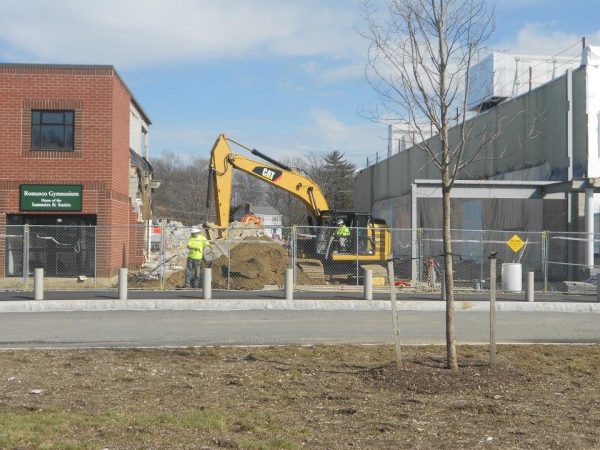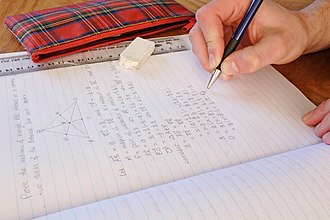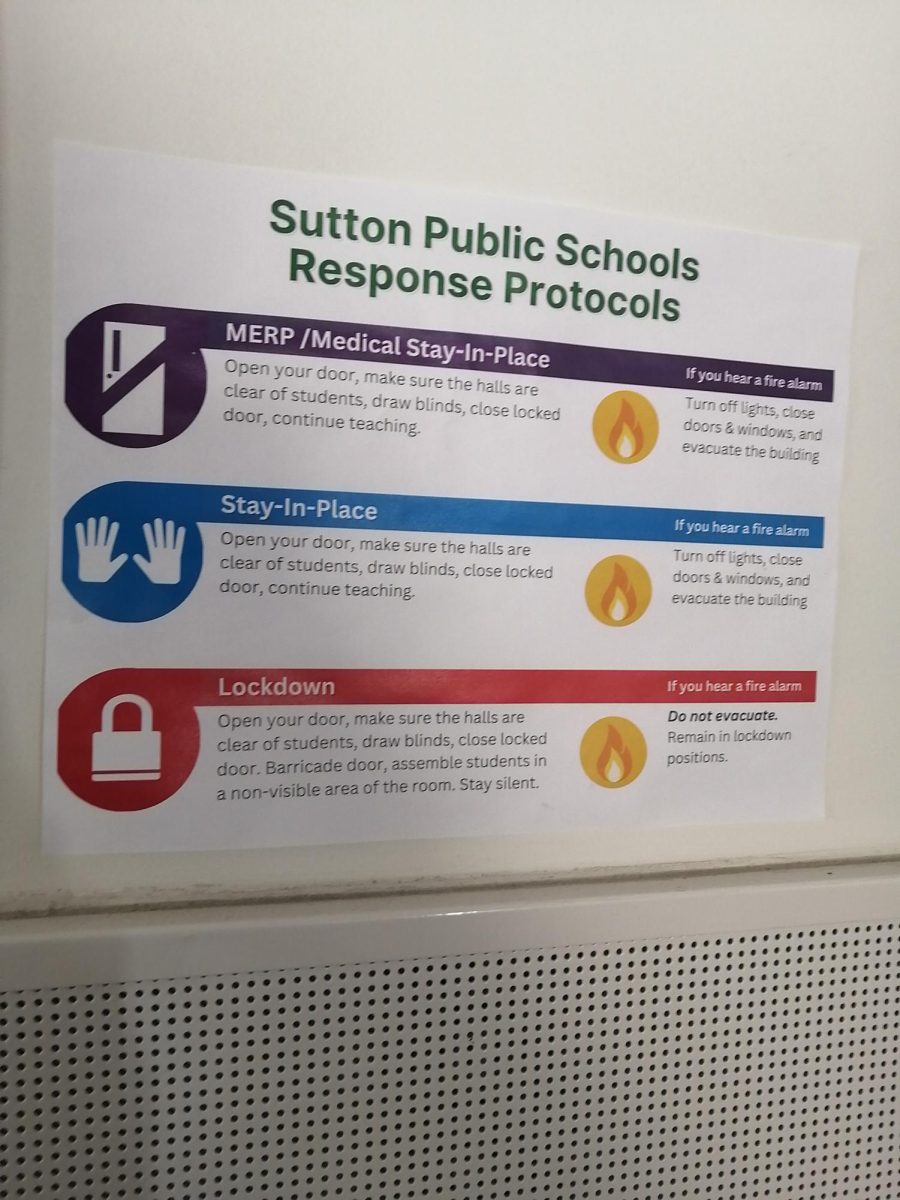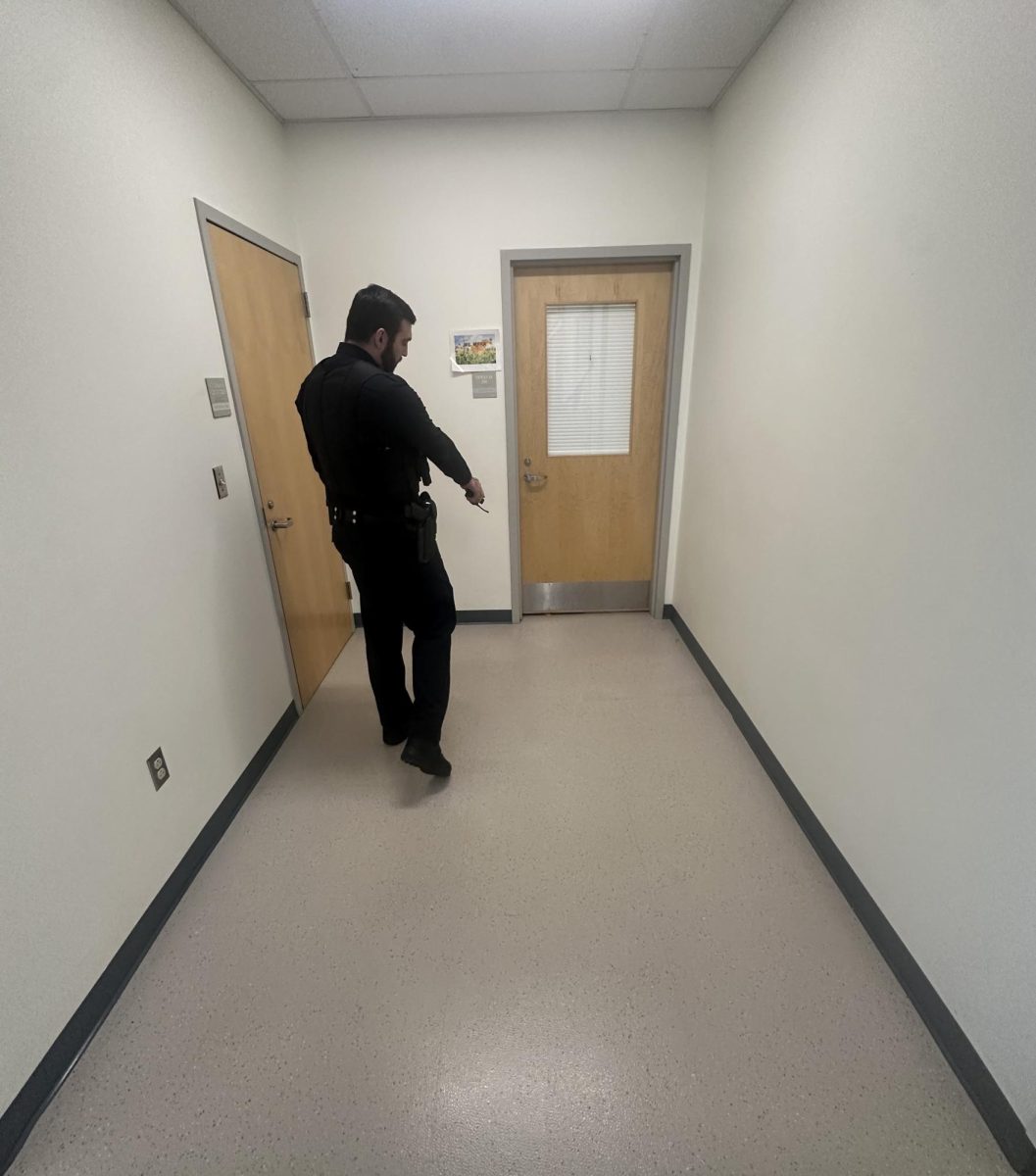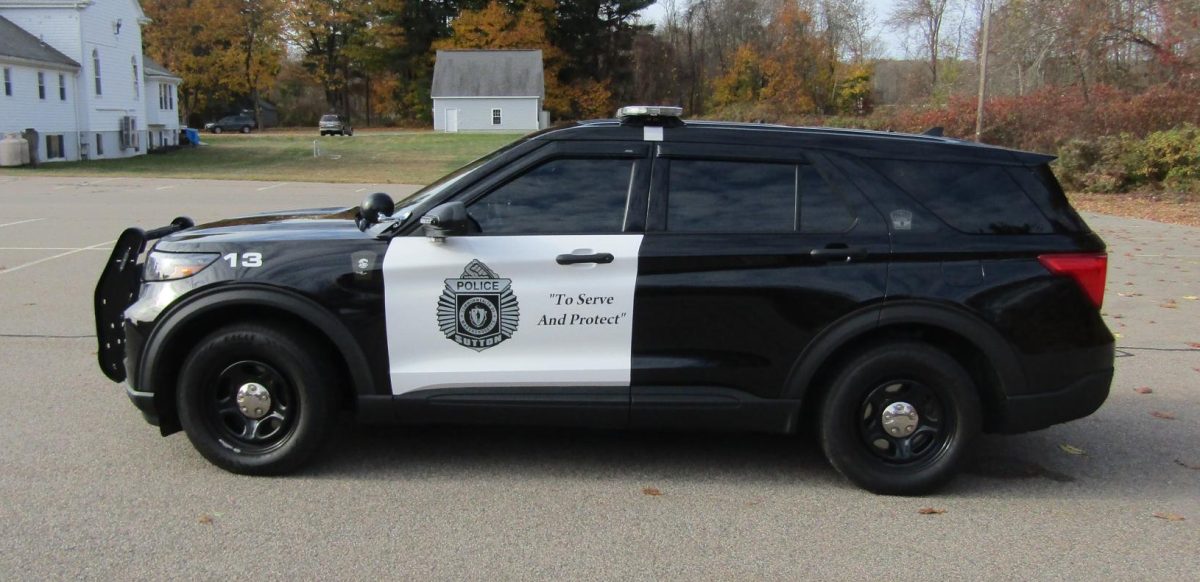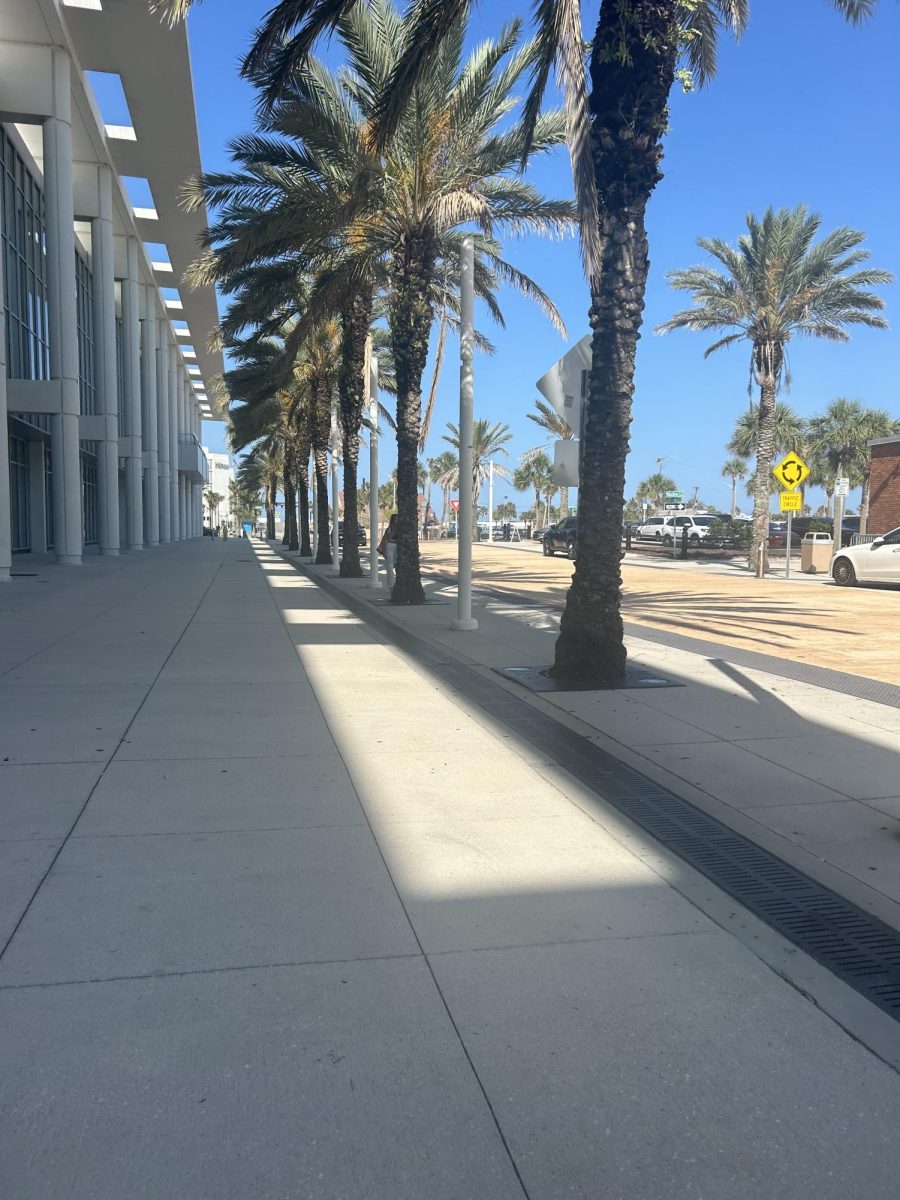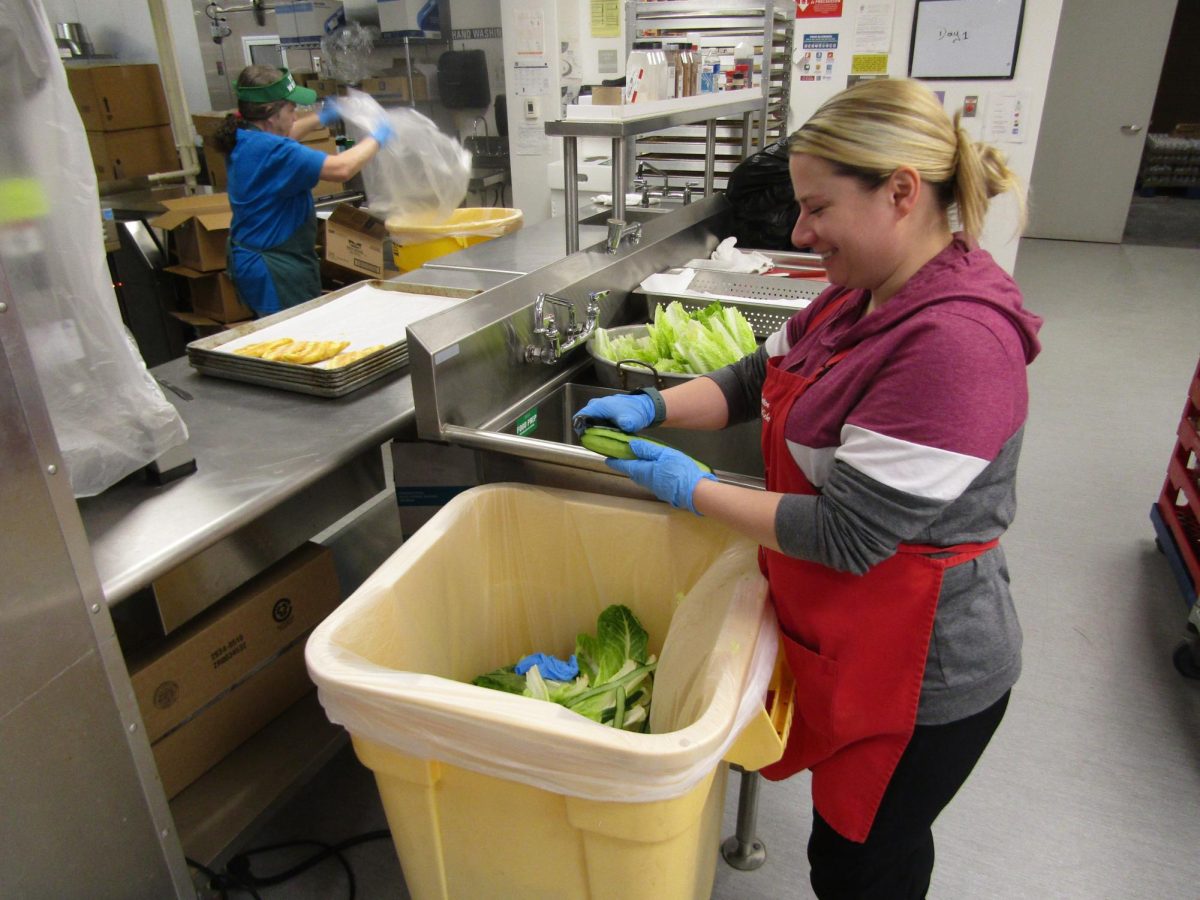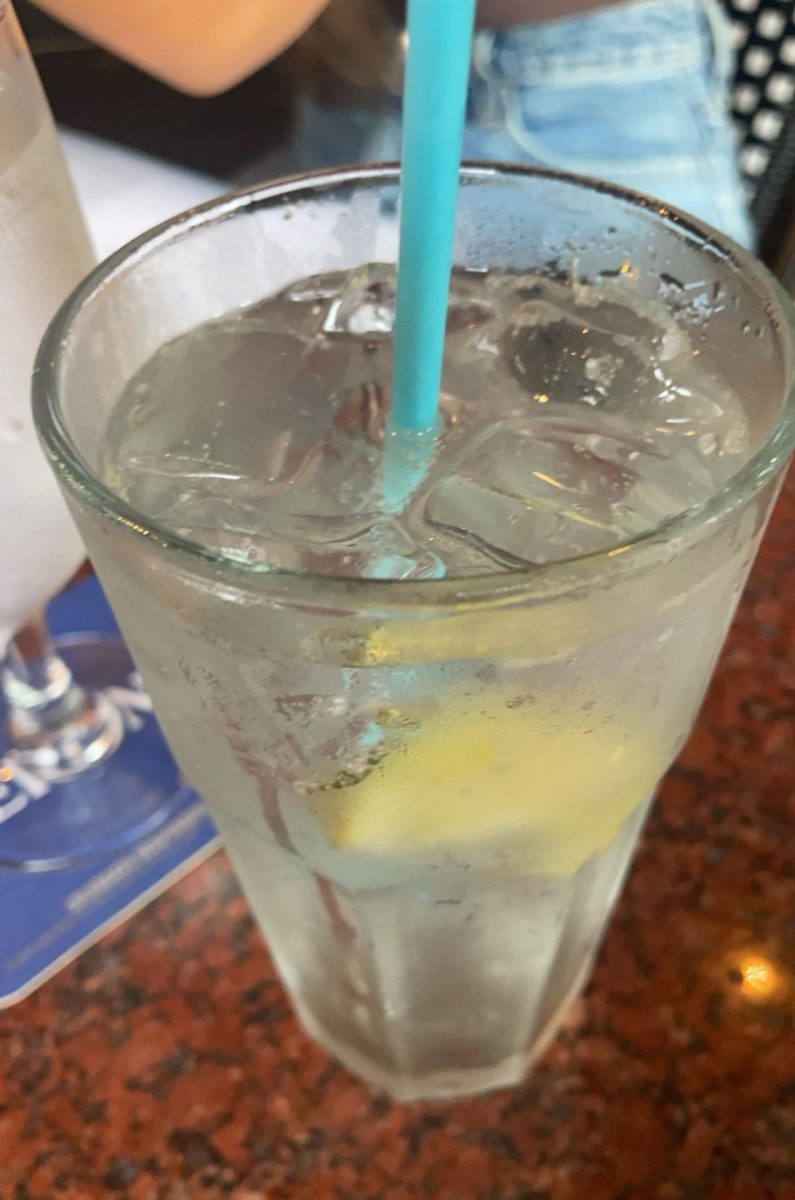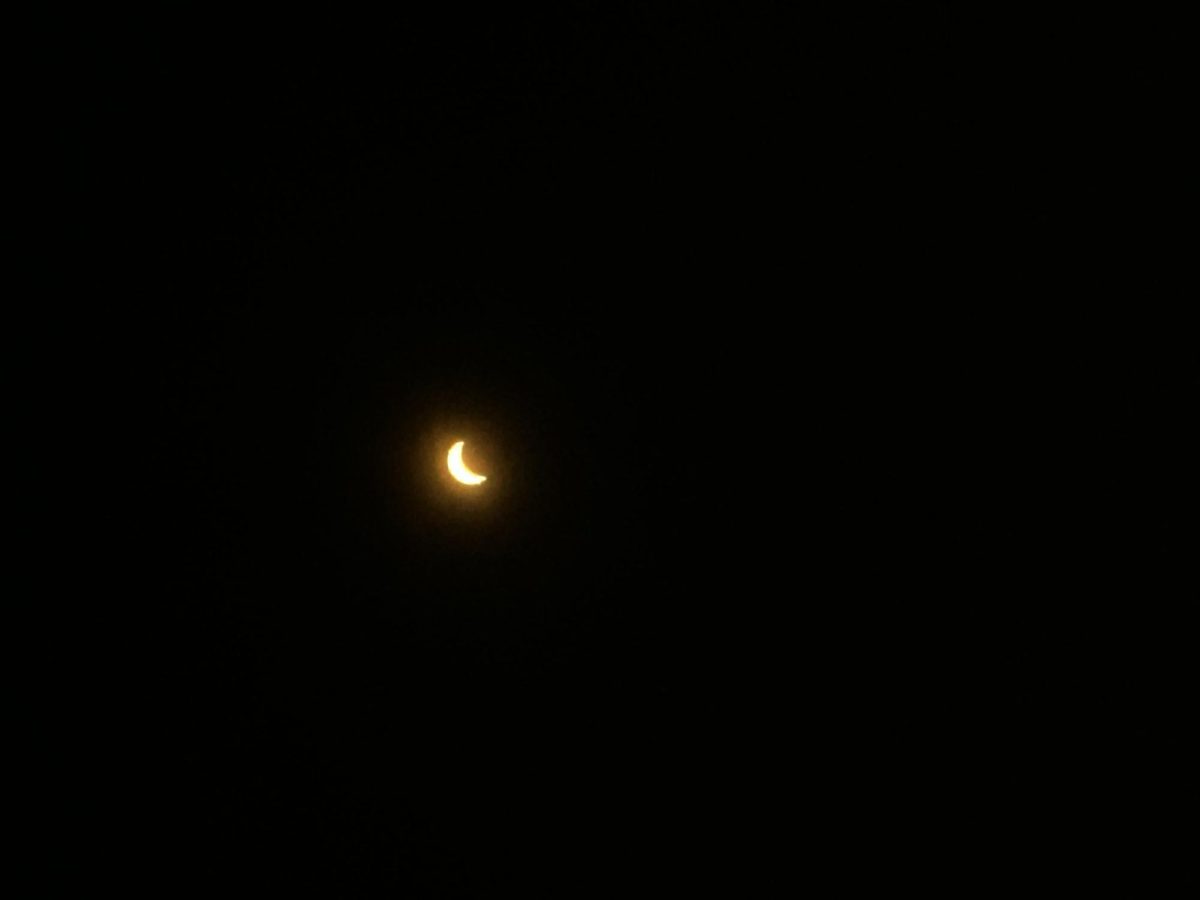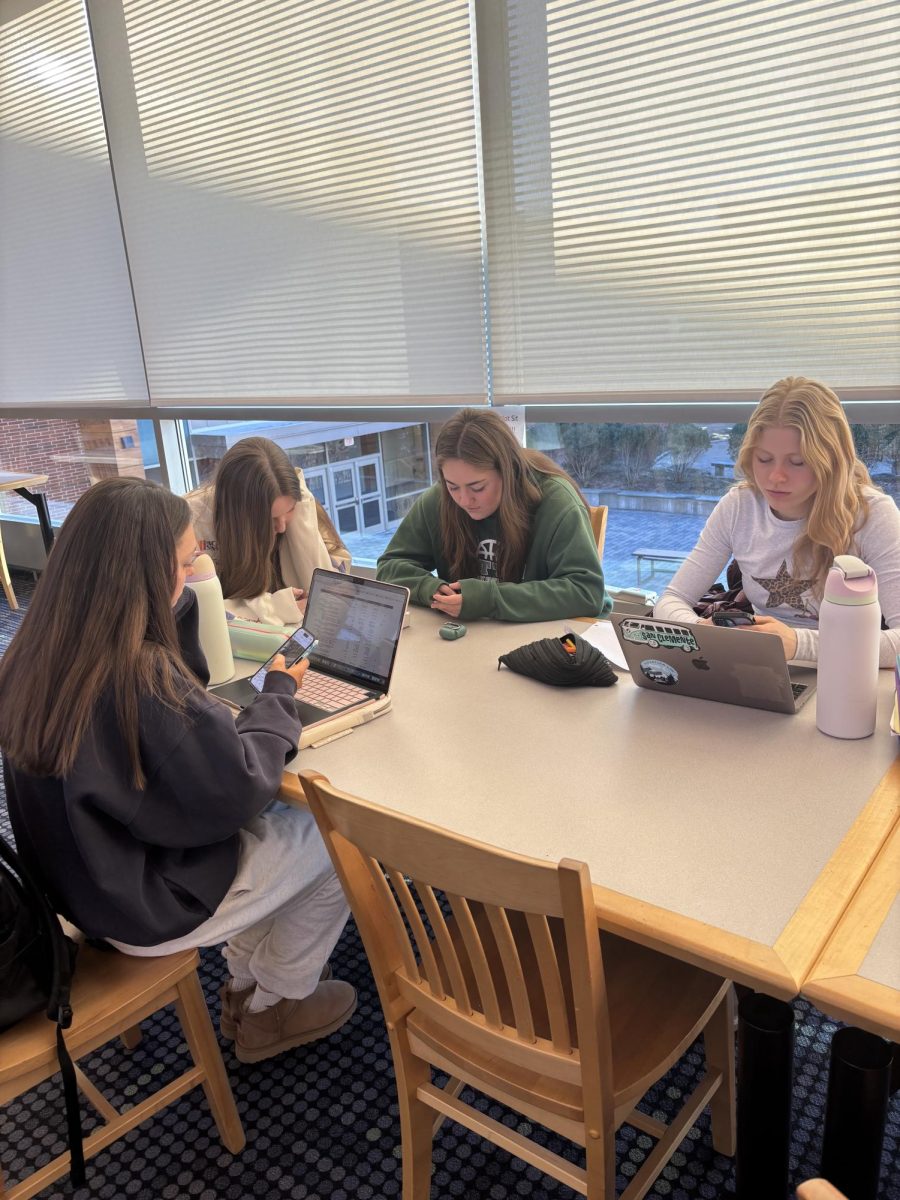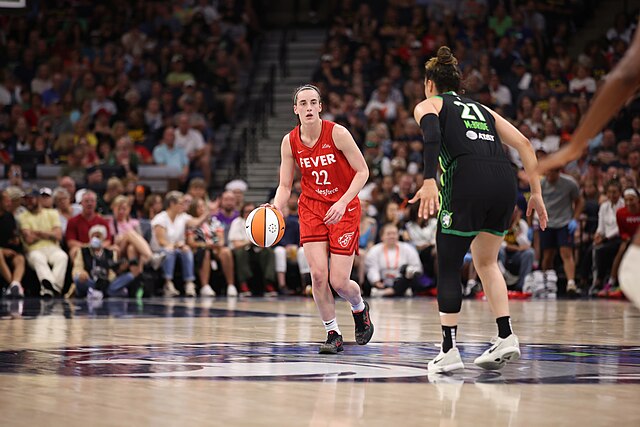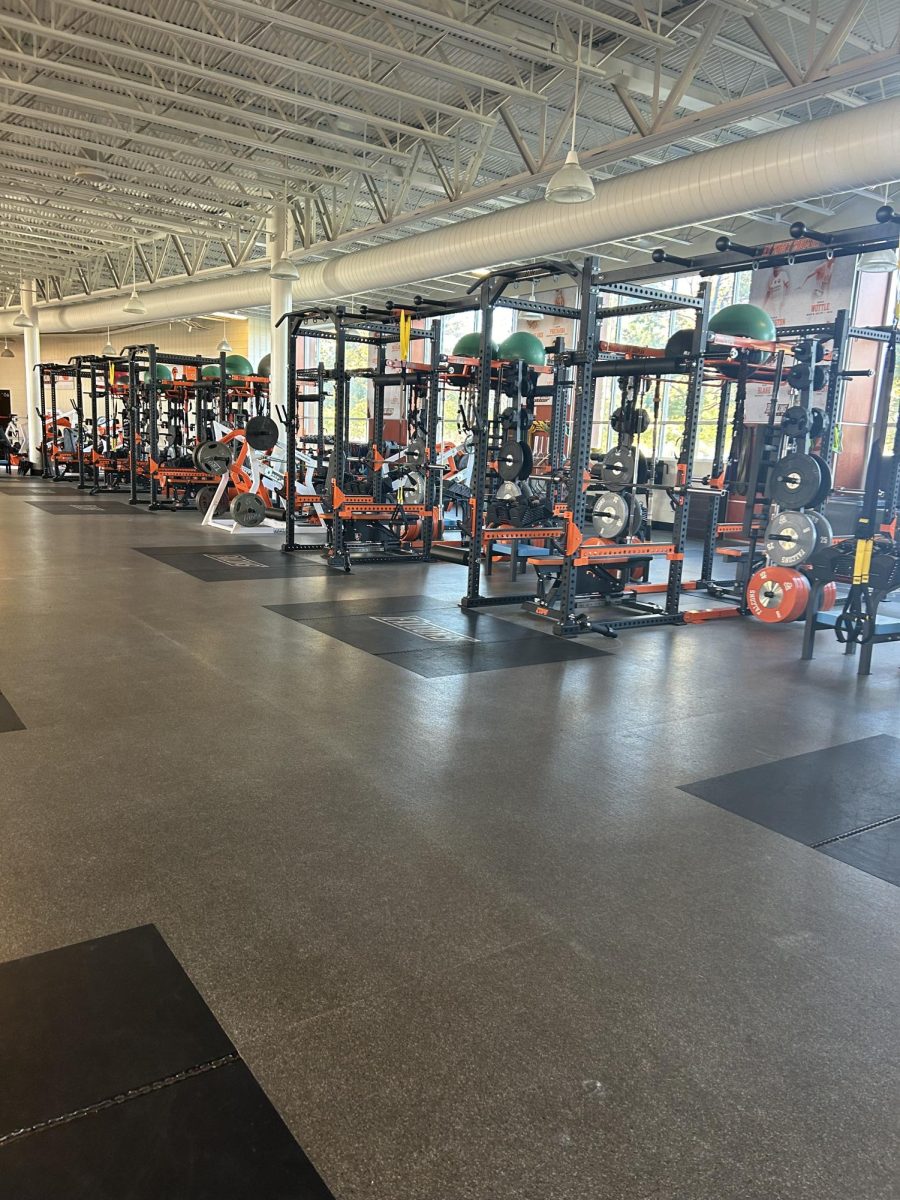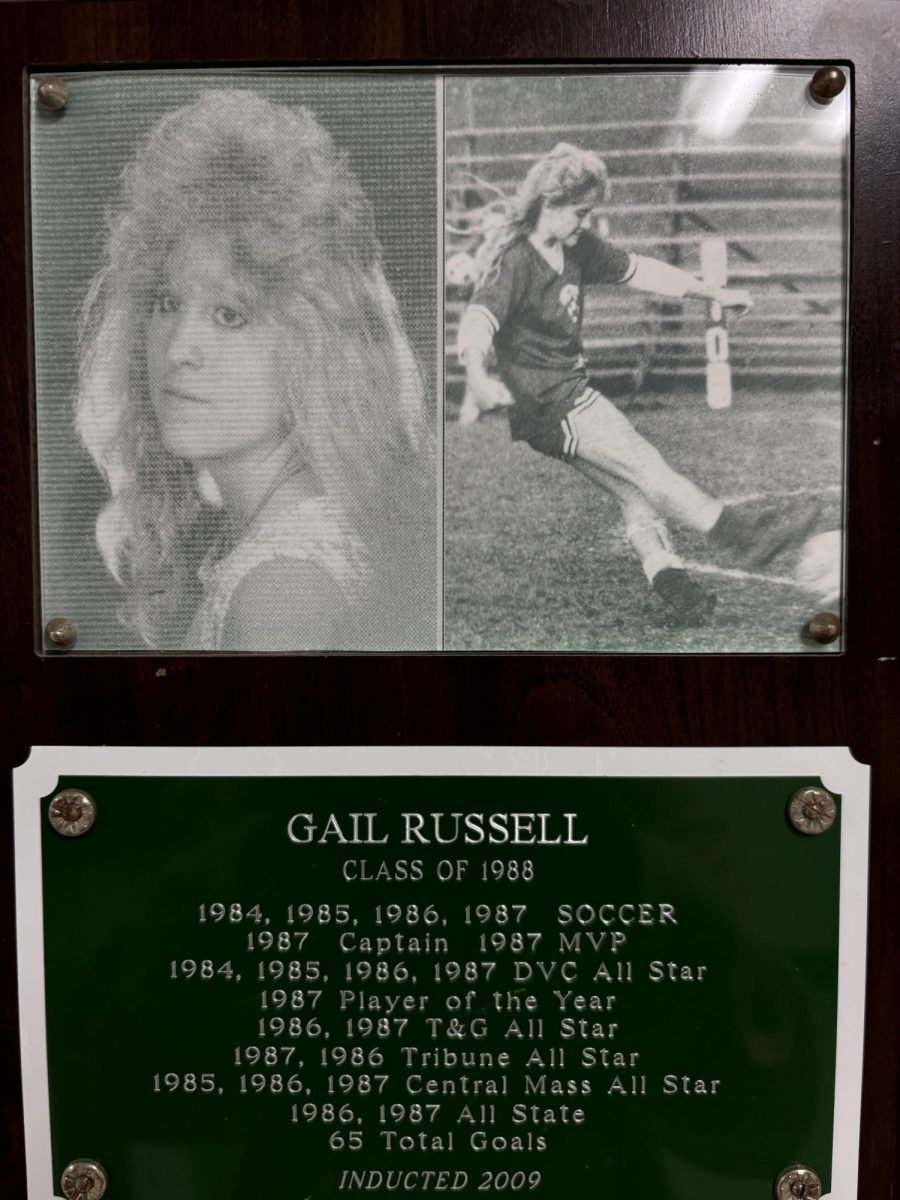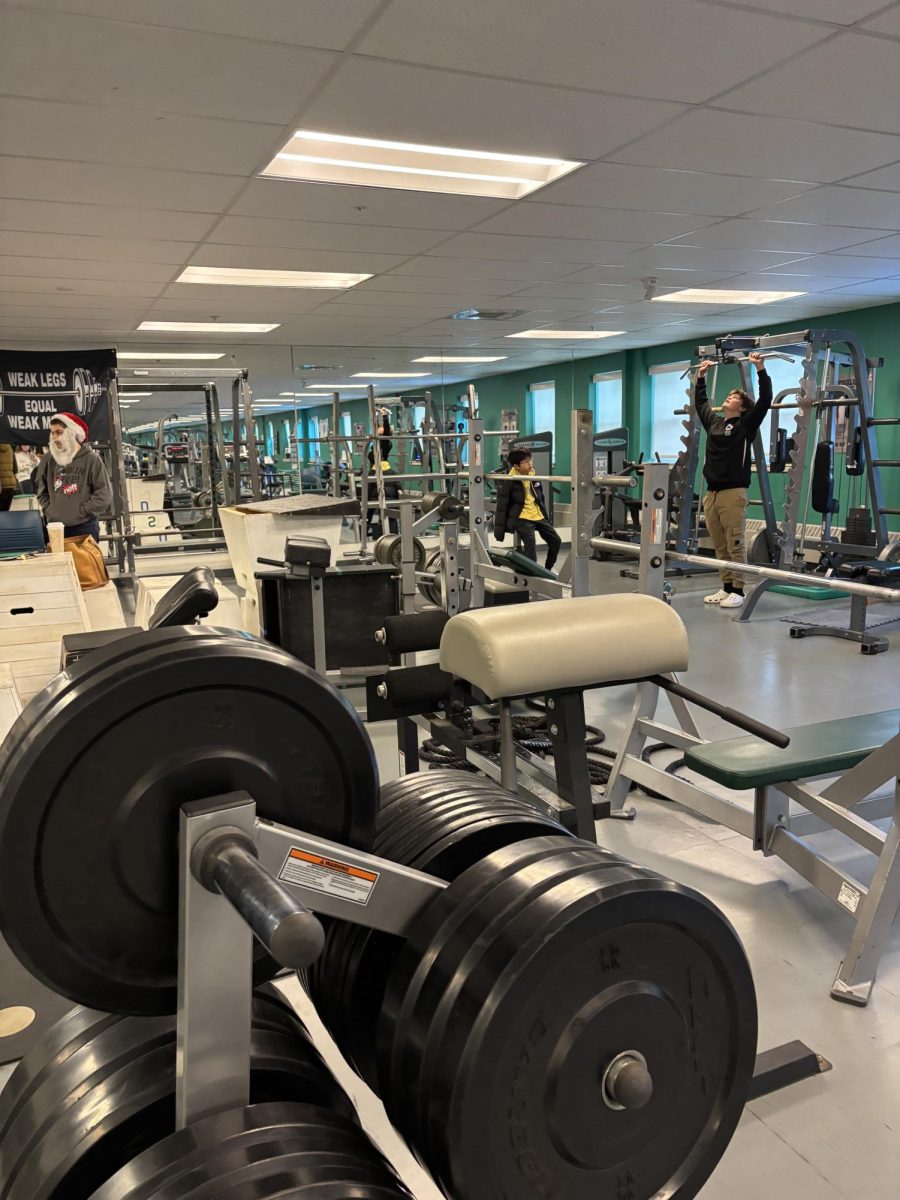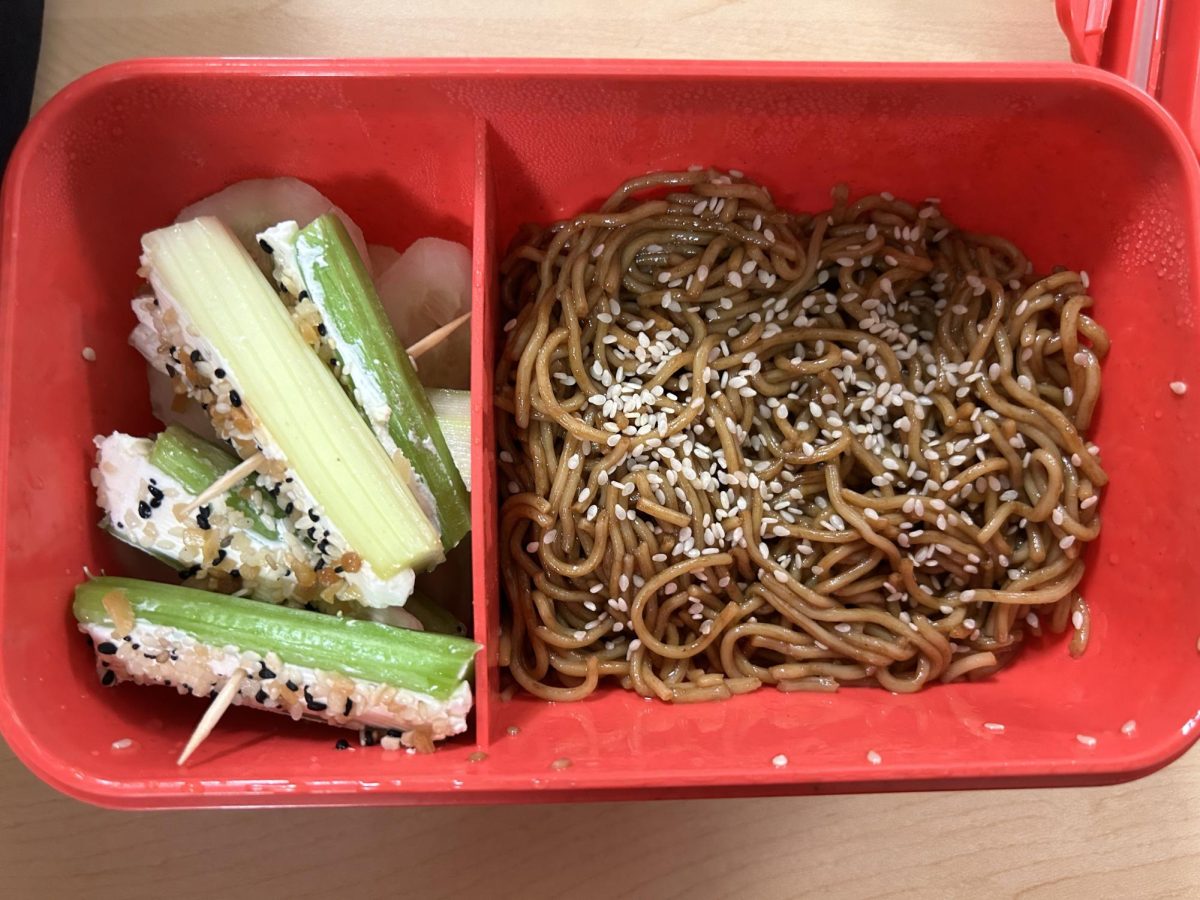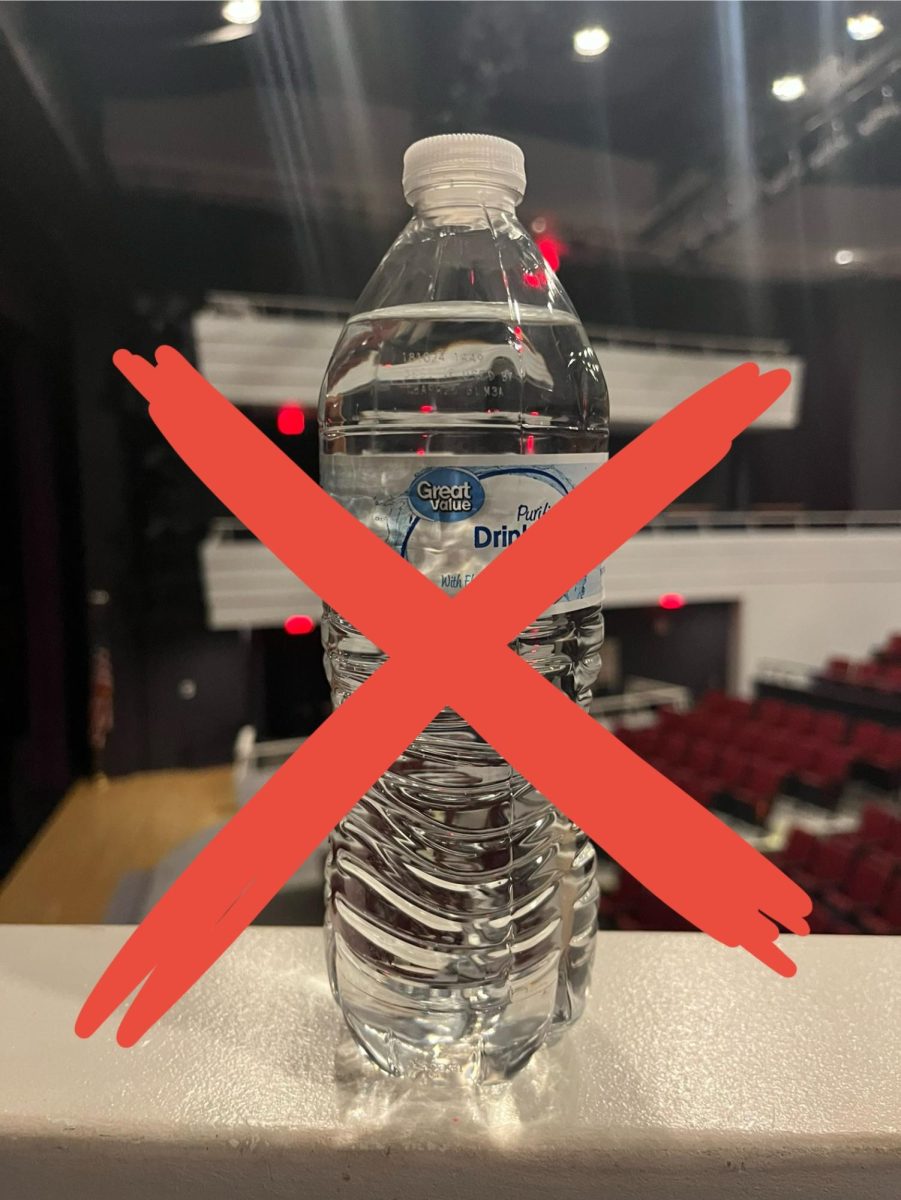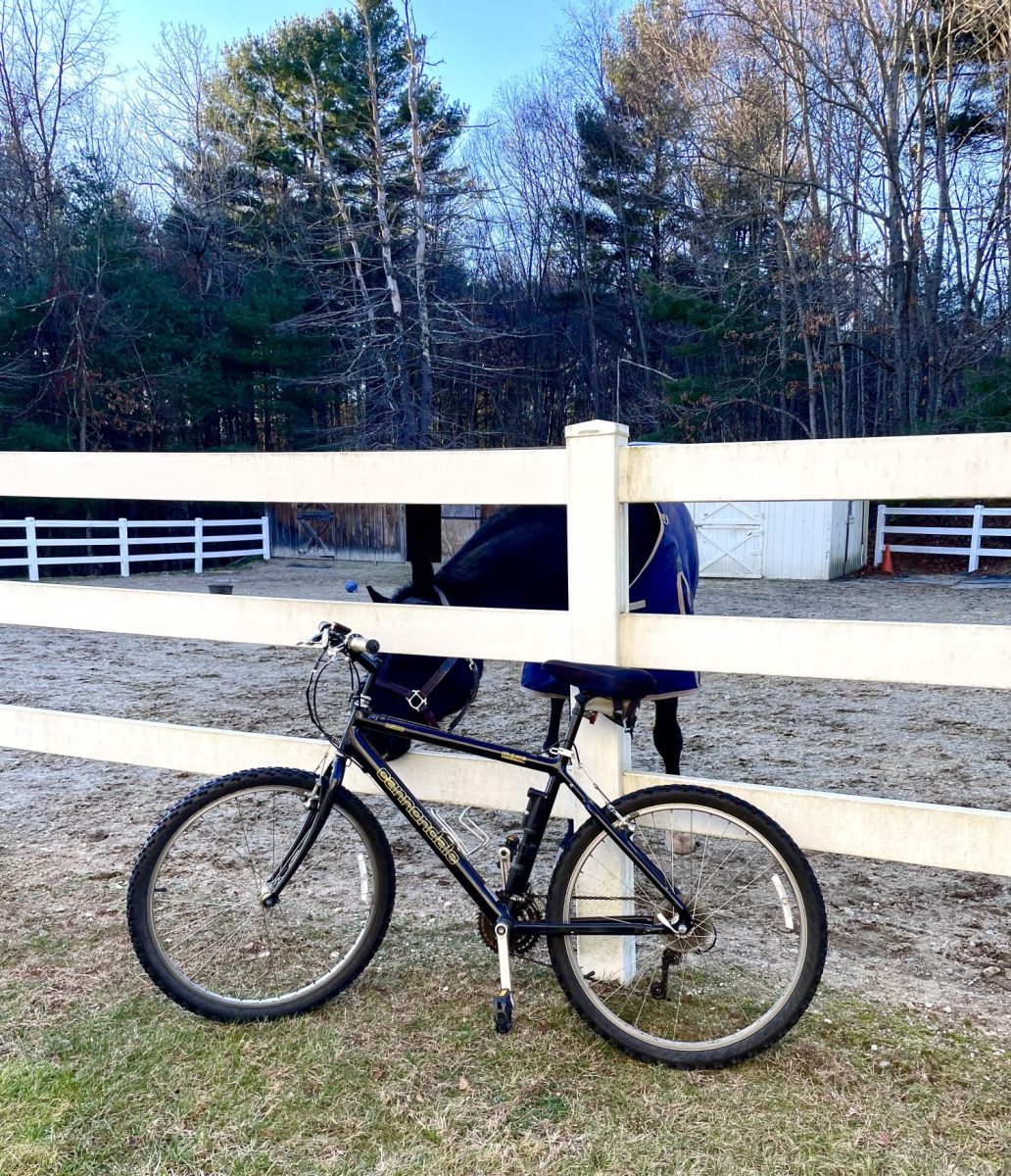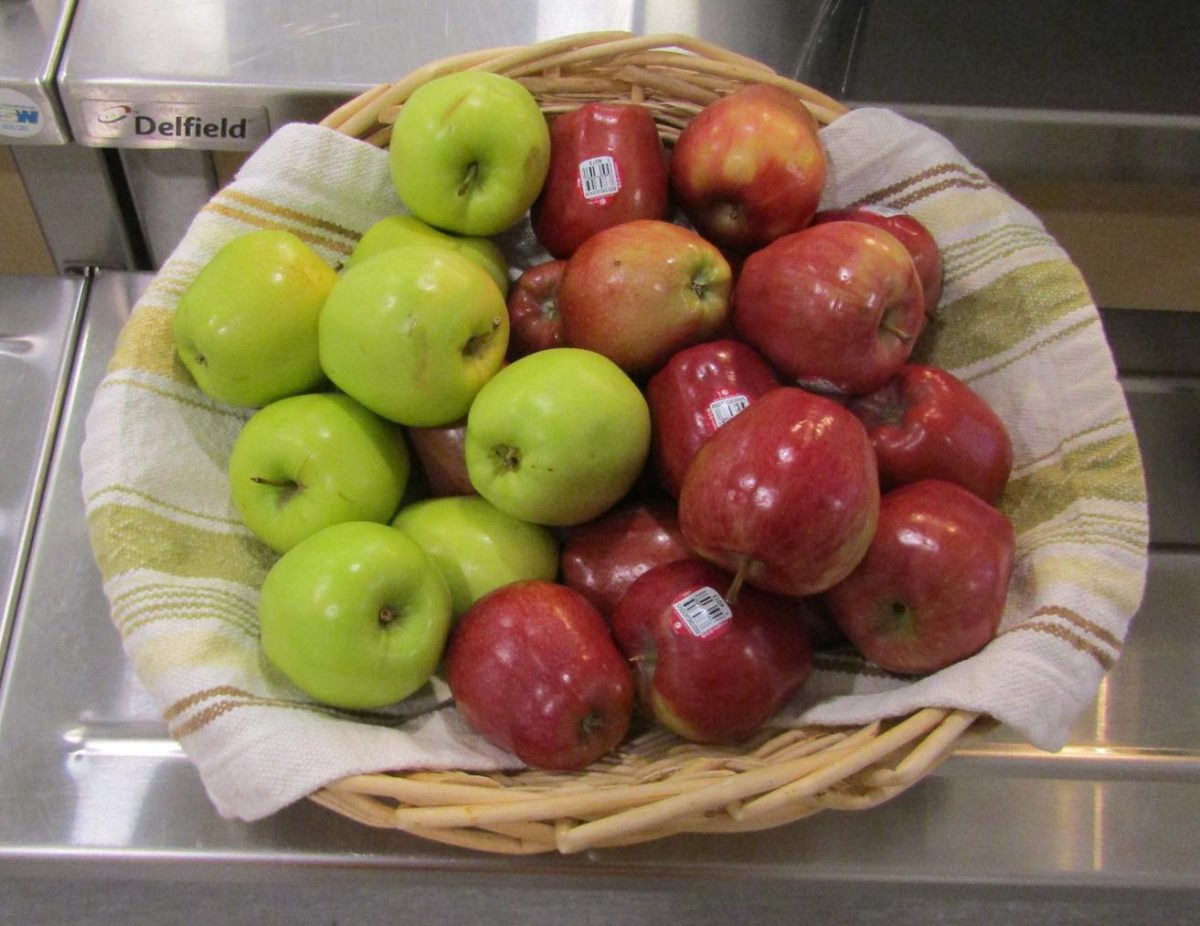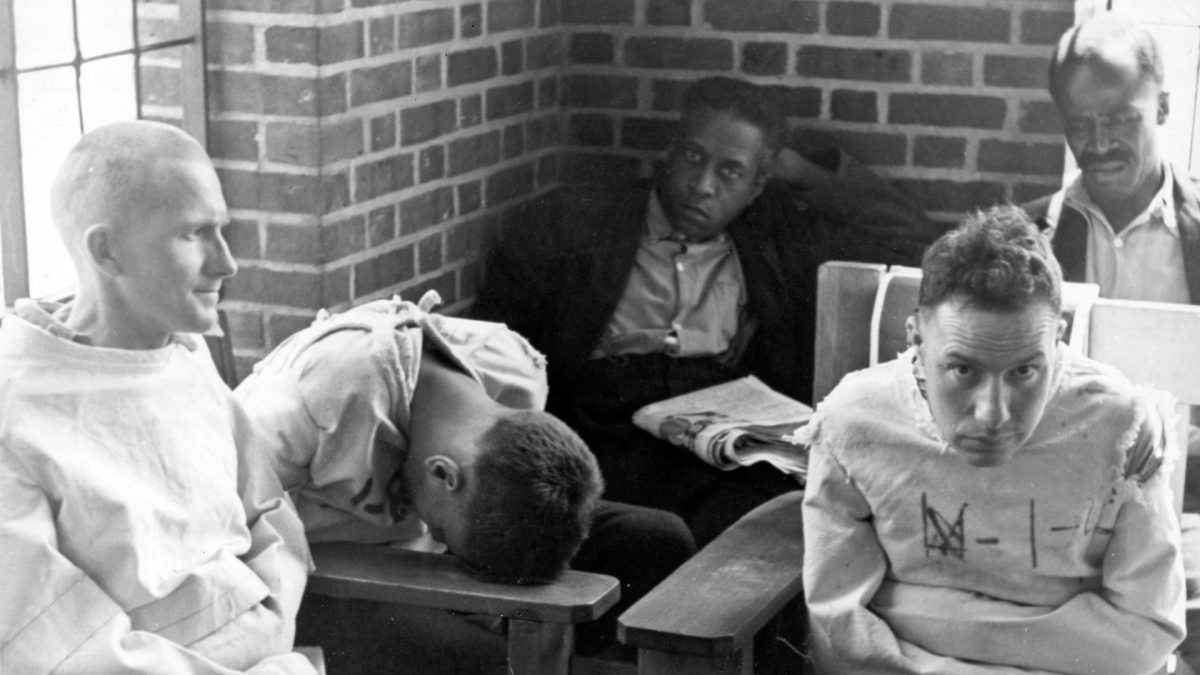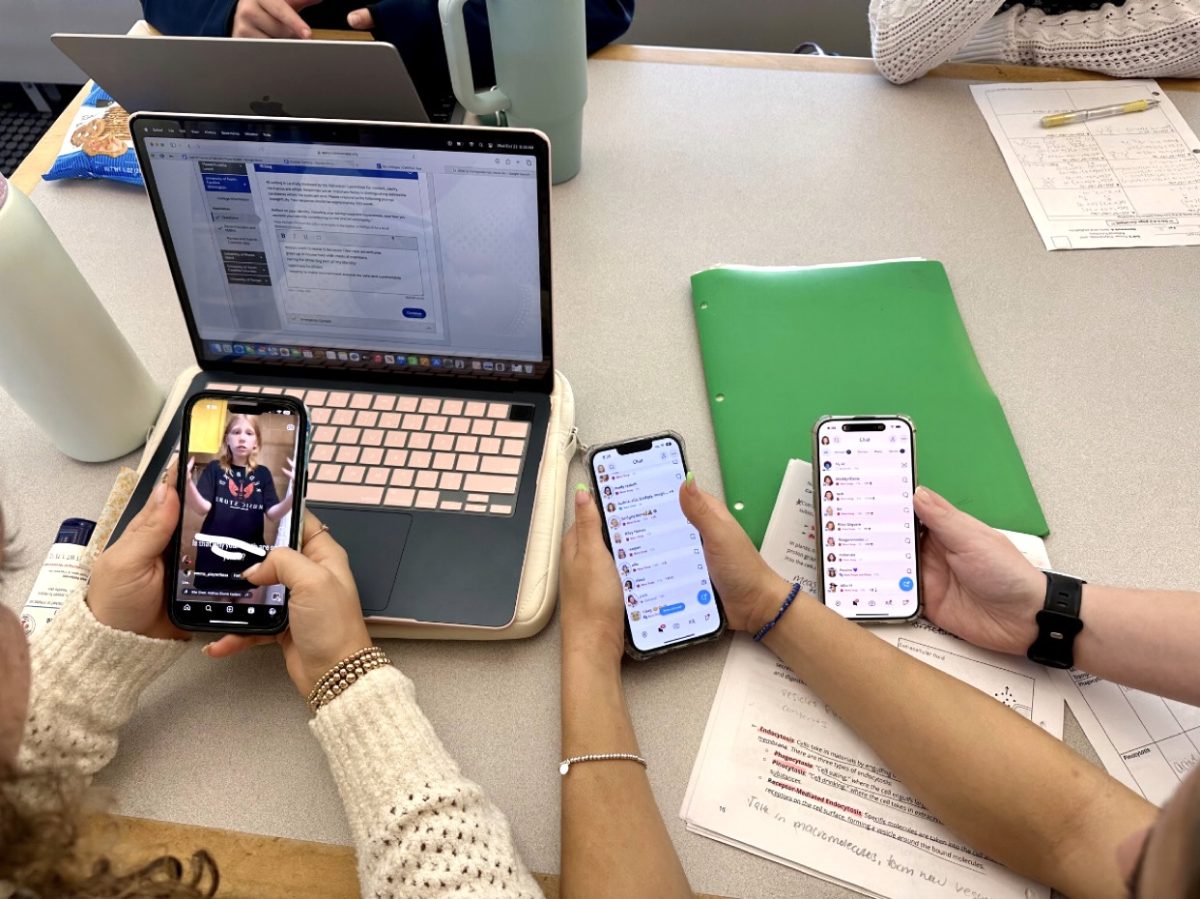Sutton High School’s Peculiar Tasting Water
Why does it taste like that?
March 15, 2022
Water as we all know is an essential part of our lives. Mayo Clinic recommends approximately 3.7 liters a day for men, and about 2.7 liters for women, varying based on age, height, weight, etc. [1]. Water aids in digestion, absorption, circulation, transportation of nutrients, and maintenance of body temperature. Even though it is essential to life, a staggering number of 75% of Americans are “chronically dehydrated”[2]. While this number may be over exaggerated, the point still remains, many Americans do not drink enough water. This can lead to complicated medical conditions and an overall decrease in well-being.
Thankfully for us as Americans, we have access to water all over. Under Code 105 of Massachusetts Regulations schools are required to, “make readily available plain, potable water to all students during the day, at no cost to the students” [3]. Our school has gone above and beyond with this guideline and provided water bottle filling stations. There is one in the high school cafeteria and even one in the school gymnasium. Talks of adding an additional one somewhere on the second floor have been in the works and even replacing the old bubblers in the elementary have been as well, but nothing has been decided yet. The systems in question are known as Elkay ezH20 Bottle Filling Stations.
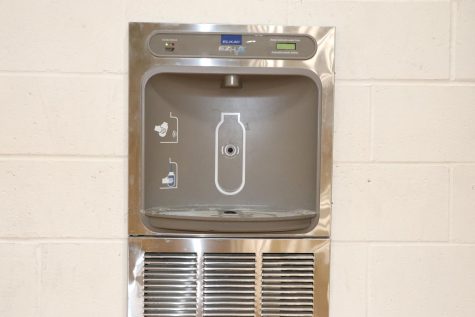
Elkay’s website claims, “Elkay filtered ezH2O bottle filling stations reduce lead and other harmful contaminants, putting cleaner, healthier water within everyone’s reach…This innovative and award-winning product line upholds our commitment to delivering clean water and sustainable design [4]. Mr. Raymond, Facility Manager of Sutton High School, says, “the system works by sensing a bottle and then dispensing water from the water line, which flows through through the built in filters inside the machine.”
The filter is NSF (National Science Foundation) certified and these filters are very durable, lasting many months. These filters according to Mr. Raymond, cost approximately $100. They are designed to reduce lead, chlorine, particles of sorts, in addition to the removal of colors and odors. Being equipped with Spun Polypropylene allows the filter to remove any possible sediments. All in all, this water system seems to be very effective at doing its job of filtering and dispensing water in a clean state. It seems as though other people love it too. Just a quick look over on Amazon shows hundreds of positive reviews and happy customers [5].
However, it seems as though not everyone holds this machine so highly. Several students here at Sutton High School have complained about the taste of the water.
Shea Blanchard claims that, “It just tastes off… I definitely prefer bottled water over the bottle-filling stations.” Jared Allen shares a similar opinion as well, “It tastes as though there is something more to it than just simply water… It tastes thick in a way.” Will Edwards, a basketball player who drinks several bottles of water a day complains that, “It tastes like there is a metal in the water making it taste bad.”
These are interesting claims, and they are shared by several other people. What makes this happen? It is hard to say. We can only speculate as to why the water may taste “strange.” However, Mr. Raymond assures that there is nothing to be concerned about as, “The contractor known as Whitewater (hired by the school) regulates the water and reports back to the DEP (Department of Environmental Protection). The DEP then reaches out to us along with Whitewater to notify us of problems with the water. As of right now they have not notified us of any problems.” Mr. Raymond has made it known that there are some very minute traces of metals in the wells like copper and lead; which can be expected and are safe at small amounts.
Every month the water supply is tested for both E. coli and other bacteria. Whereas once a year the water is tested for pH levels, iron, and other metals of the sort. In the old school, the one that was torn down several years ago, there were old pipes and other elements in the school that were deteriorating. In effect, the water had high amounts of lead and copper. Thankfully since the new school was built we received new pipes and other things in contact with water.
It seems as though the “poor” water taste that some experience is not really a sign of bad water per say, as the water has been deemed safe by multiple organizations and people. The only reason it may might have to do with the filtration process in which salt and chlorine is used to rid the water of harmful containments. It is hard to expect perfect water from a publicly funded building, but considering what other schools have, we should be thankful.
